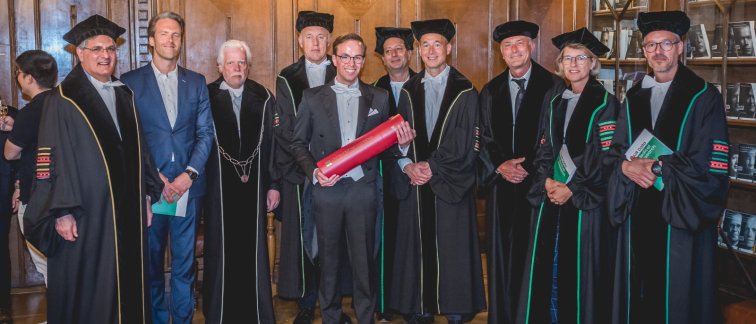The work presented in the thesis provides insight into researchers' and research support staff’s knowledge and perspectives on the implementation of the FAIR Principles in practice, determines the role of Natural Language Processing in making data more FAIR, and develops a process for making data FAIR from the beginning of a research project and at the source.
Martijn and colleagues found that many researchers are currently unaware of the (meaning of the) FAIR Principles or how to apply them to their work. The majority of researchers that participated in a survey study included in the thesis also stated that they would prefer help in making their data more FAIR. Workflows and tools, alongside help from data stewards, could offer this support, and contribute to making data FAIRification more scalable. Tools that are integrated with the software used by researchers play a crucial role in this, since they can automate a large amount of the FAIRification tasks and take the majority of the work off researchers’ shoulders. Part III of the thesis, therefore, describes how data can be automatically made FAIR upon collection in Electronic Data Capture platform Castor.
The thesis concludes that to accelerate FAIRification at scale, policy makers, funders and research institutes need to work together to provide standards, methods, support, tools, and funding to the research community, effectively making FAIRification of research data a joint mission.
The full version of the thesis can be found on UvA DARE. A short summary with infographics in the form of a layman's booklet or lekenboekje can be found here.

